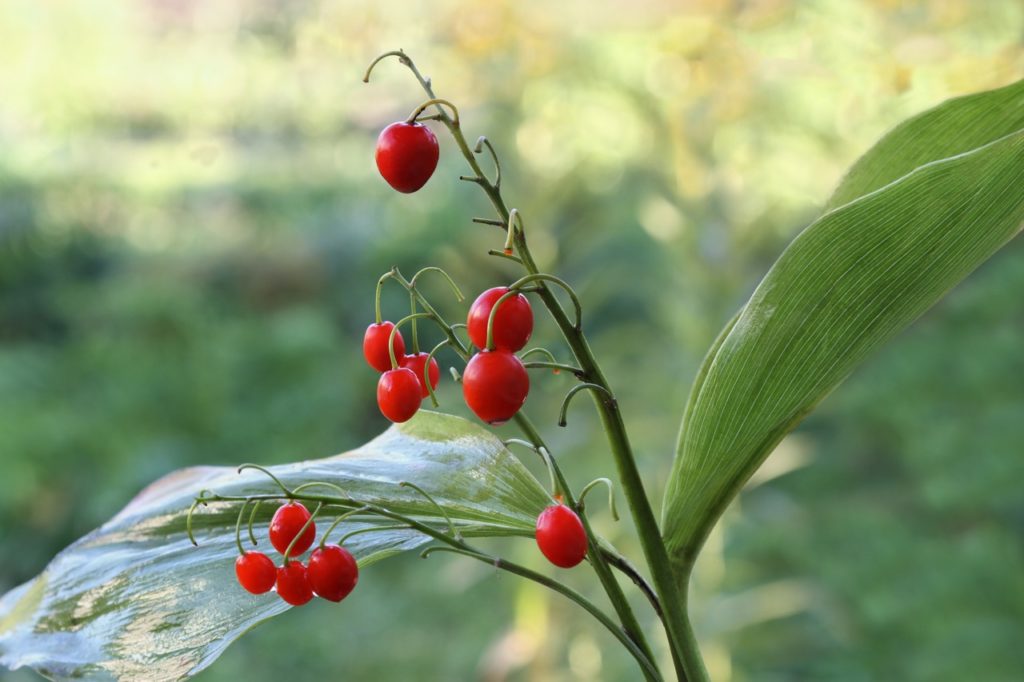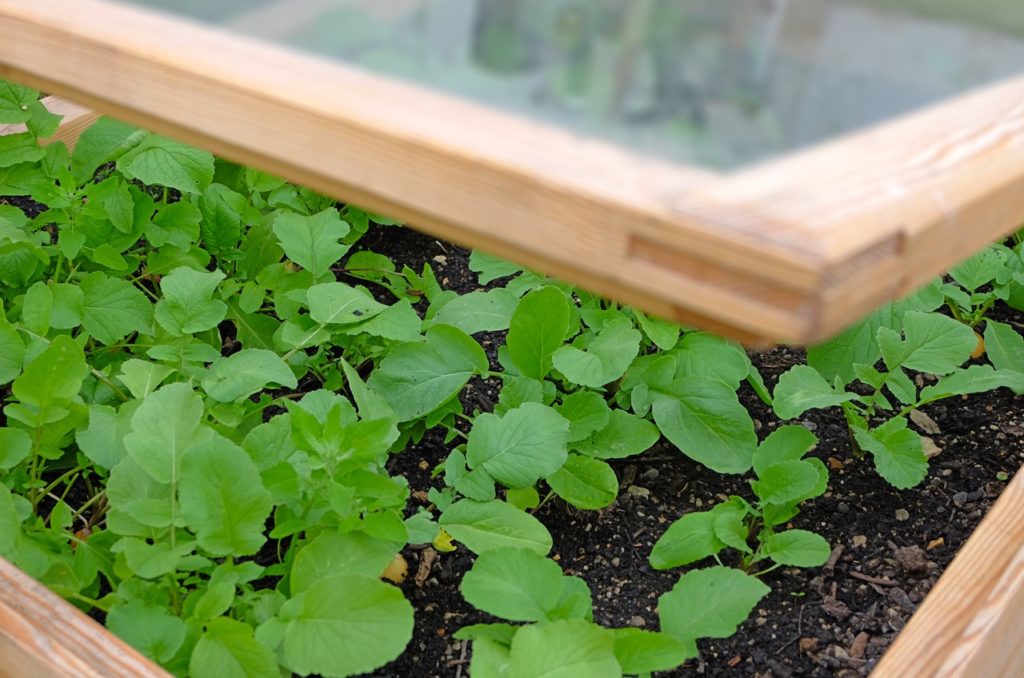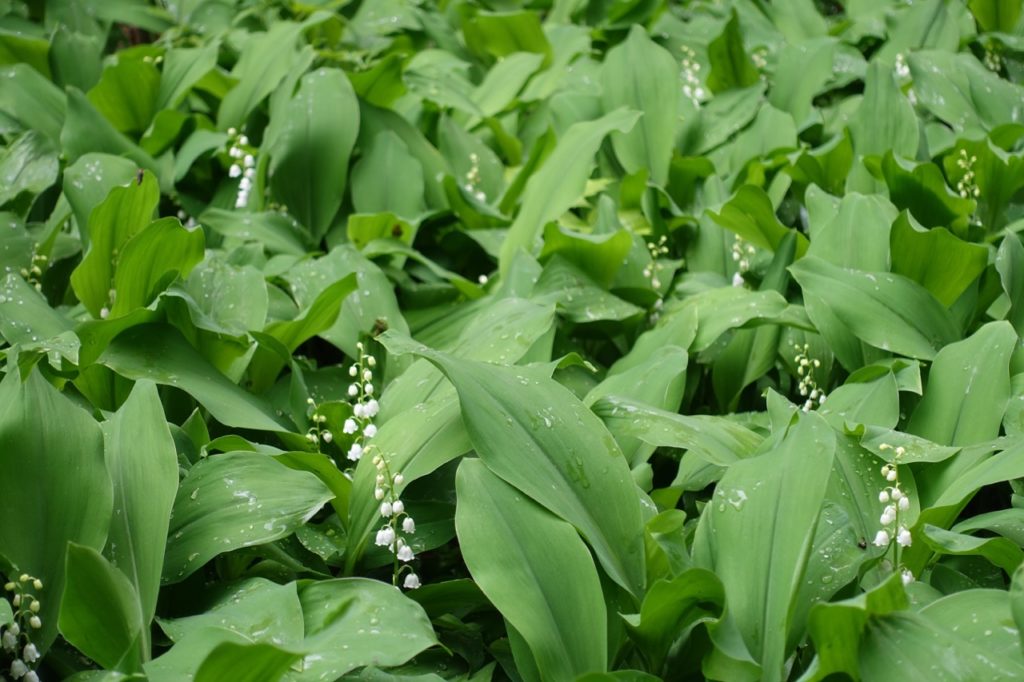The Ripe Fruit Of Convallaria Majalis Can Be Collected And Sown For New Plants

PERENNIALS > LILY-OF-THE-VALLEY > SOWING

Elizabeth is a Permaculture Garden Designer, Sustainability Consultant and Professional Writer, working as an advocate for positive change. She graduated from the University of St. Andrews with an MA in English and Philosophy and obtained a Diploma in Applied Permaculture Design from the Permaculture Association.
Reviewed By COLIN SKELLY

Colin is a Horticulturist and Horticultural Consultant with experience in a range of practical and managerial roles across heritage, commercial and public horticulture. He holds the Royal Horticultural Society’s Master of Horticulture award and has a particular interest in horticultural ecology and naturalistic planting for habitat and climate resilience.
IN THIS GUIDE
LILY OF THE VALLEY GUIDES
Container Growing
Growing From Seed
Pruning
Lily of the valley must be handled with care, but this pretty perennial plant looks lovely as ground cover in deep or partial shade.
Convallaria majalis is relatively easy to grow from rooted crowns that are readily available from garden centres and plant nurseries, but the division of existing clumps is the easiest way to obtain new plants if you already have some in your garden.
However, if you are patient, you may also like to consider trying to grow lily of the valley from seed.
To grow this plant from seed:
- Collect the ripe fruits with the seeds inside.
- Separate the seeds from the flesh.
- Prepare an area in a cold frame or another cool but protected area for sowing.
- Sow the seeds right away, around 0.5cm deep.
- Care for the tender young plants, keeping them moist and protecting them from pests. They will typically not flower for several years.
| Difficulty | Medium |
| Equipment Required | Seeds, seed bed, cold frame, gardening gloves |
1) Collect The Berries
First and foremost, it is vital to remember you must wear gloves when handling this plant.1Guide to Poisonous Plants –. (n.d.). Colorado State University. Retrieved March 21, 2023, from https://csuvth.colostate.edu/poisonous_plants/Plants/Details/123
Lily of the valley flowers will be followed by berries.
The berries will start out green, then turn red, then eventually, once the seeds have fully matured, will shrivel and dry and turn reddish-brown.

A range of wildlife will eat the berries, so to make sure that they can reach maturity, you may need to cover them with mesh bags before you are ready to collect the seeds.
The berries must be fully mature in order for the seeds inside to be viable.
2) Remove Flesh From The Seeds
Once you have successfully collected fully ripe berries from your lily of the valley plant, you need to soak the berries in warm water to soften them up, then carefully pare away the flesh from the berries to reveal the 1-3 seeds inside each pod.
The seeds do not store well, so you should aim to sow them as quickly as possible after you have undertaken this step.
3) Prepare Area For Sowing
It is a good idea to prepare a seed bed in a cold frame in which to sow your seeds.

Make sure that the soil is at least 15cm deep and is amended with plenty of organic matter.
Ensure that the bed is weed free and raked to a fine, smooth tilth.
4) Sow The Seeds

Sow the Convallaria majalis seeds around 0.5cm deep, firming the soil over them.
Make sure that the soil is moderately moist, but also that excess water can drain away reasonably freely.
5) Care For Seedlings
Germination is not guaranteed, even with viable seeds.
However, young plants should appear within a couple of weeks.
Make sure you keep up to watering regularly over the summer months and continue to care for your young plants over the next few years.

The plants must also be protected from pests – especially early in their lives when they are particularly vulnerable.
You will have to be patient as it will usually be a few years before lily of the valley plants grown from seed will flower.
“I have never sown Lily of the Valley seed as it tends to spread readily and quickly enough by rhizomes,” shares Horticultural Consultant Colin Skelly.
“However, if you wanted to plant up a large area this would be a good option.”
References
- 1Guide to Poisonous Plants –. (n.d.). Colorado State University. Retrieved March 21, 2023, from https://csuvth.colostate.edu/poisonous_plants/Plants/Details/123
